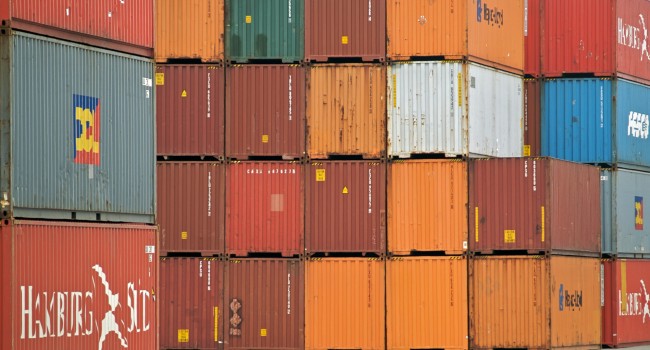Resource extraction includes a range of activities, such as mining, drilling, quarrying, harvesting, fishing and logging. Unsustainable resource extraction can cause environmental damages such as water pollution, soil contamination, erosion and disruption of local ecosystems, as well as social damages such as worker injuries and health damage, human rights violations, use of child labor and persecution of local communities and Indigenous people. Global impacts of resource extraction and processing account for up to 40% of airborne particulate matter, causing health impacts. Resource extraction and processing impacts also account for more than 90% of water stress and land-use-related biodiversity loss.
Factors promoting harmful extractive practices include exploitative business conduct, lack of or poor implementation of proper regulations, government corruption benefiting some companies and elites only, misappropriation of public funds and illicit financial flows. These harms can be avoided with fair and effective regulation and due diligence to workers and local communities. However, poor resource governance, modern globalized supply chains and distant relationships between users and extractors of resources make these issues invisible to consumers and retailers.
Although there have been some efforts by the international community as well as national and local stakeholders, environmental and social harms in resource extraction remain a notable problem, and people continue to use more of Earth’s resources than can be regenerated.
To tackle these issues, more effective efforts should be taken to monitor these harms continuously; implement fair and effective regulations; help producers, retailers and consumers understand which products are sustainable and ethical; and take initiative to better leverage the buying power of governments. In these actions, not only extraction enterprises, but also producers, retailers and consumers using resources, are responsible and play important roles in selecting and sourcing proper resources.
Watch a recording of this insightful discussion on how the world can transition from a “take-make-waste” economy to a circular economy – and in the process tackle climate change, protect biodiversity and promote equity.
